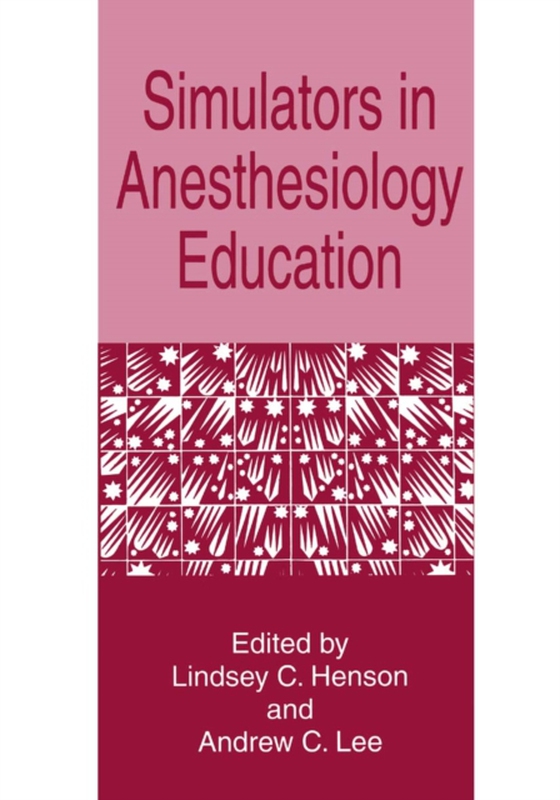
Simulators in Anesthesiology Education e-bog
875,33 DKK
(inkl. moms 1094,16 DKK)
In the past ten years, full-scale simulation training has become dramatically more evident in undergraduate and graduate medical education. This increase has been due pri- marily to two factors: the development of new computer-driven technology and an interest in simulation-specific training techniques. Technologically, simulators have evolved from simple anatomical reproductions to full-scale ...
E-bog
875,33 DKK
Forlag
Springer
Udgivet
29 juni 2013
Genrer
Anaesthetics
Sprog
English
Format
pdf
Beskyttelse
LCP
ISBN
9781489901095
In the past ten years, full-scale simulation training has become dramatically more evident in undergraduate and graduate medical education. This increase has been due pri- marily to two factors: the development of new computer-driven technology and an interest in simulation-specific training techniques. Technologically, simulators have evolved from simple anatomical reproductions to full-scale accurate reproductions of anatomy and physiology powered by multiple computers. High-technology simulation centers run by teams of faculty are emerging as integral tools in fulfilling medical centers' educational missions. In addition, educational techniques specific to simulation, which have been de- veloped and used by other industries for over half a century, are being applied to medical training. Aviation and aerospace have used sophisticated simulation since the 1950s to train pilots and astronauts. Extrapolating these methods for use in the medical world has been a natural course of events, particularly in specialties that require some of the same basic thought processes and interactions required of the pilot or astronaut. It is not surprising, then, that anesthesiology would be the medical specialty to take the lead in adding simula- tion training to its educational programs. The anesthesiologist's job in the operating room is similar to that of a pilot in a cockpit, not in the specific tasks, but in decision making, technological and human interfaces, and crisis management.
 Dansk
Dansk

